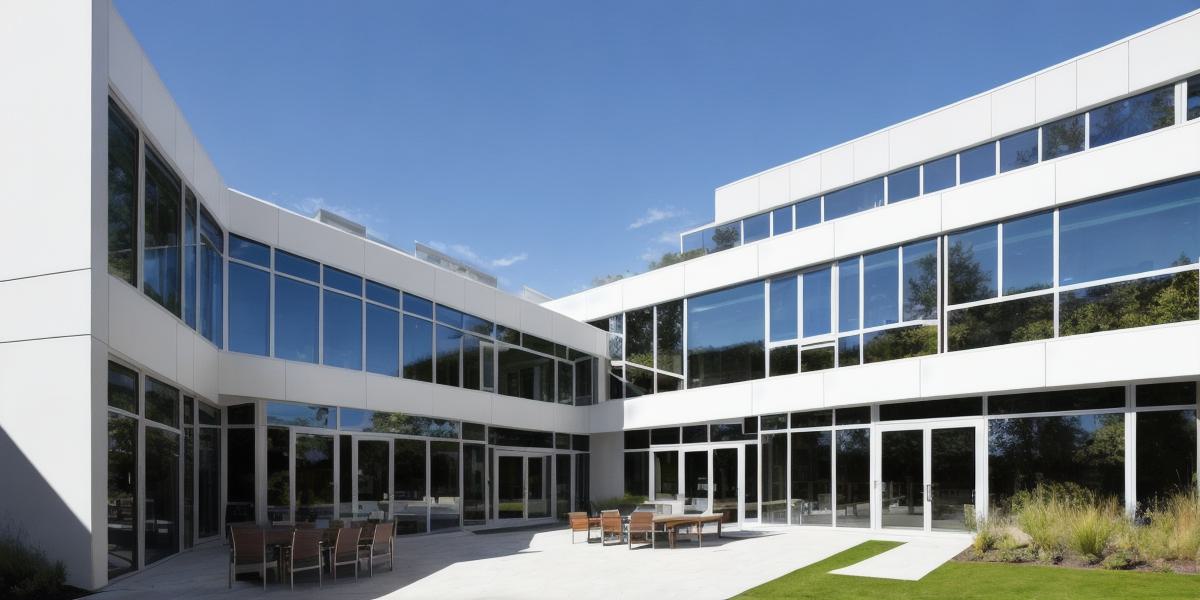Web3 is transforming the way we interact with data, decentralizing our online experiences and opening up new possibilities for innovation. One of the key components of this emerging ecosystem are edge and node houses, which play a crucial role in ensuring high performance and scalability. In this article, we will explore the dynamic relationship between these two types of infrastructure, delving into their individual strengths, weaknesses, and how they can work together to create a seamless and efficient web3 experience.
What are Edge and Node Houses?
Before we dive into the specifics of their relationship, let’s first understand what edge and node houses are.

Edge House:
An edge house is a distributed network that sits closer to the user, typically located in or near the user’s home or office. Its primary function is to provide low-latency access to data and services, allowing for faster and more reliable performance. Edge houses can be deployed on-premises or in the cloud, and are commonly used by content delivery networks (CDNs) to distribute content across multiple locations.

Node House:
A node house is a centralized location where data and services are stored and processed. It typically consists of powerful servers and storage systems, and can be used for a variety of purposes such as data processing, analytics, and storage. Node houses are often located in data centers or cloud facilities, and are designed to handle high volumes of traffic and workloads.
The Dynamic Relationship Between Edge and Node Houses
Now that we have an understanding of what edge and node houses are, let’s explore how they can work together to create a dynamic web3 ecosystem.
1. Data Caching:
One of the main benefits of having an edge house is the ability to cache data closer to the user, reducing latency and improving performance. This can be especially useful for applications that require real-time access to data, such as gaming or augmented reality (AR) experiences. By caching data in the edge, users can access it more quickly and efficiently, without having to go through a centralized node house every time they need it.
2. Load Balancing:
Another important factor in the relationship between edge and node houses is load balancing. This involves distributing traffic across multiple servers or nodes to ensure that no single point of failure can bring down the entire system. By using edge houses to handle smaller workloads, and node houses for larger ones, we can balance the load and ensure high availability and scalability.
3. Data Sharing:
Finally, edge and node houses can also work together to facilitate data sharing between different applications or services. For example, a user-generated content (UGC) platform might store its media files in an edge house, while a machine learning (ML) model might process that data in a node house. By allowing these two systems to communicate with each other, we can create more powerful and personalized web3 experiences for users.
Real-Life Examples of Edge and Node Houses Working Together
To better understand the dynamic relationship between edge and node houses, let’s look at some real-life examples:
- Decentralized Finance (DeFi) Applications:
DeFi applications are a prime example of how edge and node houses can work together to create a seamless web3 experience. By using edge houses to store and process small amounts of data, and node houses for larger transactions, DeFi platforms can ensure high performance and scalability while minimizing latency and improving user experience.2. Gaming Platforms:
Gaming platforms are another great example of how edge and node houses can work together. By caching game assets in the edge, players can access them more quickly and efficiently, without having to go through a centralized node house every time they need them. This not only improves performance but also reduces latency, creating a smoother gaming experience for users.
- Augmented Reality (AR) Applications:
AR applications are another area where edge and node houses can work together to create more powerful and personalized experiences. By using edge houses to store and process smaller amounts of data, and node houses for larger ones, AR platforms can ensure fast and efficient performance while minimizing latency and improving user experience.
Summary
In conclusion, the relationship between edge and node houses in web3 is complex and dynamic, with each
